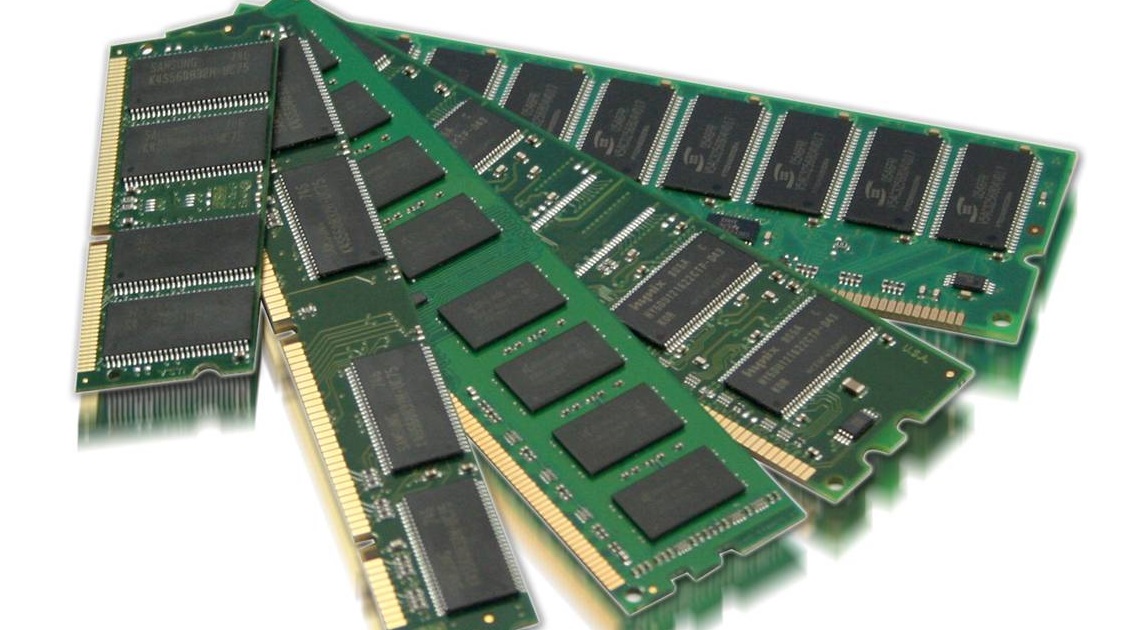Table of Contents
One of the irritating things about having a PC is that, in due course, it cannot keep up with the requirements of your software. There are number of jokes about a client purchasing the fastest device in the market only to find out that it is been left behind by the time he reaches home. But there is some good news: you can assist your PC level up with the times by updating its RAM (random access memory). And better yet, it is one of the easier changes you can make to your device that does not void your service contract!
Before we begin the guide, let us first know RAM. The short form stands for random access memory. It assists to picture RAM as if it is laid out similar to a huge grid (simile to the board on Battleship game). Every box in the grid shows a memory cell, and every cell can amass data. You can access any cell inside the RAM if you know what column and row it is in.
Data in memory cells of RAM can be erased or overwritten. That is one of the methods it is different from ROM (read-only memory). Your PC’s ROM is hardwired into your device’s circuitry. It has the data that lets your PC to do basic operations such as activating hardware or initiating the operating system.
RAM assists your PC run apps. Your PC amasses temporary data inside the memory cells and points to the info as it operates apps. If the data is not in your PC’s RAM, the device has to point to its hard drive. This is slower as compared to pulling data from RAM. So if your PC does not have sufficient RAM to operate various apps or even one huge program, it might feel like it is just crawling along.
Each PC has the utmost amount of RAM it can manage. Once you get to that limit, you have reached as far as you are able to with your hardware. But unless you have tailored your device, odds are your PC has a lot of capacity for extra RAM.
Before You Upgrade Your RAM
The first action to updating your RAM comprises collecting a little data. First, you require knowing how much RAM your PC already has.
If you are employing Windows XP, all you have to do is tap the Start option present on the taskbar. Next, (in the menu) tap on the My Computer option. You will require choosing the “View System Information” button (sometimes seen under Properties). Or you can select the Control Panel choice and tap on the System logo. Either way, this will show a box with various options. Below the General tab, you will data about your device and OS, comprising how much RAM is present.
If you are operating the Windows Vista OS, follow these steps:
- Tap the Start option and from the menu select Control Panel.
- Your next option is “System and Maintenance.” Next, tap on System one more time.
- There you will see a section dubbed Memory (RAM), which shows your device’s RAM.
What if you are employing a Mac? Apple has made it simple to know out how much RAM your computer has.
- Tap on the Apple logo on the screen in the top left corner.
- Select the option that reads About This Computer (it might say About This Mac).
- You will see a line that reads Total Memory. This is the amount of RAM your device presently has.
Once you are aware of how much RAM your PC has, you require finding out how much it can manage. There are a number of different devices in the market and not all of them have the same limitations and features. It would be not possible to list all of them. Luckily, there are some resources on the Internet that keep eye on this data. We suggest using:
- Kingston Technology
- Crucial
These resources will not only inform you how much RAM your device can manage, but they will tell you what type of RAM you can fit. There are almost as many different types of RAM processors as there are PC models. You have to match the correct RAM to your device.
One Stick Or Two?
If your PC employs dual-channel memory, you might require to download 2 modules (or sticks, as they are sometimes referred) of RAM rather than only one. So if you need to update to a gigabyte of RAM, you may require installing 2 x 512 megabyte RAM modules. Make certain both modules have the same specs else the dual-channel functionality will not work.
Upgrading the RAM in Your Computer
You are done with your homework. You know how much amount of RAM your PC has, how much your PC can manage, and the type of RAM processor you require to purchase for your device. Next, you will require purchasing the RAM and grabbing a few tools. In most instances, you will just require a tiny screwdriver. When in confusion, consult user manual of your PC.
Before you make any changes, make certain your PC is unplugged and turned off. If you are updating a laptop, it is a good thought to remove the battery prior to getting started. Open your computer’s case with your screwdriver and verify the segment on your PC’s motherboard that has the RAM. Look in the user manual if you require assistance. Some devices even have a particular panel you can eliminate to restore RAM modules.
Before touching any elements within your PC, you require to discharge any static electricity you have developed. The components within your PC are very responsive to electricity. If you were to touch them with a swift zap from your fingertips you can make things worse. But it is simple to remove all the static electricity. You just require touching something metal prior to moving forward.
If you are restoring RAM modules, you will require removing the ones present on your computer. Many computers employ clips to keep RAM in one place. If this is the scenario, softly remove the clips and get rid of the RAM modules, and then keep them out of the way.
Now, remove the new RAM out of its cover. Be cautious not to make contact with any of the circuitry or metal connectors on the module. Assemble the module with the slot in your PC. Most devices have a notch that will help you so that you do not replace the module wrongly. Softly press the module into the position. Once you have placed the module, you can put the clips back to its place, restore the cover of the computer and you are ready. Remember to restore the battery if you are operating with a laptop. Connect the computer, switch it on, and check the RAM of your system. If the updated data is right, you are set! If not, you might require restarting it again. If you still have issues, you must switch off the device, disconnect it, open it up, and verify to be certain that the module is seated properly.
With extra RAM, your computer will be capable of running more apps without consulting your computer’s hard drive at the same time. While you have not elevated your PC’s processing speed, you have lowered the amount of time it requires to verify for particular data. It is a relatively inexpensive and easy method to get more out of your computer. If you feel that this article was helpful, do let us know by commenting below. In addition to this, you can also write to us some more tips that you are aware of. We would be happy to include them.



